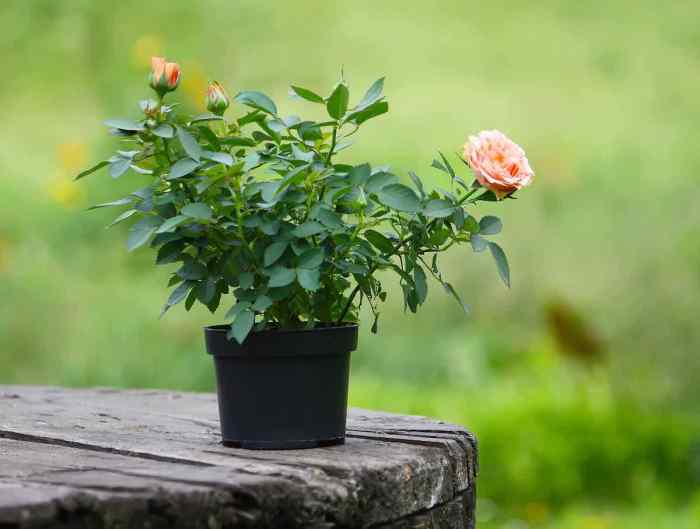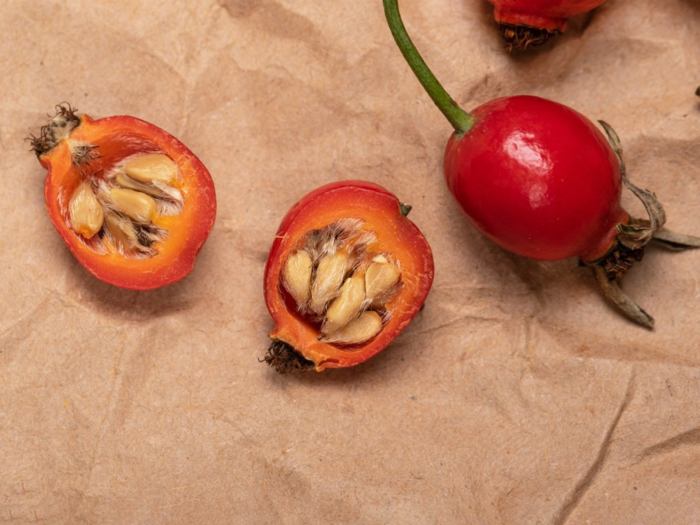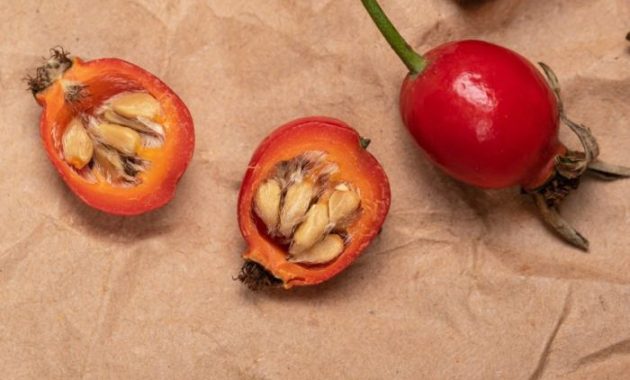Seed Starting Techniques: Rose Plant From Seeds

Rose plant from seeds – Growing roses from seed can be a rewarding, albeit challenging, endeavor. Success hinges on understanding and meticulously following proper seed starting techniques. Patience and attention to detail are key to nurturing these delicate seedlings into thriving plants. Let us delve into the practical aspects of cultivating roses from seed.
Preparing the Seed Starting Mix
A well-draining, nutrient-rich seed starting mix is crucial for successful germination and early seedling growth. The following steps Artikel the process of creating a suitable mix.
- Gather your ingredients: Use a combination of high-quality seed-starting mix (approximately 70%), perlite or vermiculite (approximately 20%), and compost (approximately 10%). The seed-starting mix provides essential nutrients, while the perlite or vermiculite improves drainage and aeration. Compost adds additional organic matter and nutrients.
- Combine the ingredients: In a large container, gently mix the seed-starting mix, perlite/vermiculite, and compost until evenly distributed. Avoid overmixing, as this can damage the delicate structure of the seed-starting mix.
- Moisten the mix: Gradually add water to the mix, stirring gently until it is evenly moist but not soggy. A good test is to squeeze a handful; it should hold its shape slightly but not be dripping wet.
Avoid overwatering, as this can lead to fungal diseases and root rot.
Setting Up an Indoor Seed Starting Environment
A controlled indoor environment is ideal for starting rose seeds, especially in climates with unpredictable weather. The following materials are essential.
Cultivating a rose plant from seed requires patience and care, mirroring the long-term commitment involved in nurturing any plant life. The rewards, however, are well worth the effort, much like the future benefits described in the insightful article on plant a tree whose shade , which emphasizes the importance of long-term planning. Just as a tree provides shade for generations, a successfully grown rose bush will offer beauty and fragrance for years to come.
- Seed starting trays or containers: These provide individual compartments for each seed, ensuring proper spacing and preventing competition for resources. Choose trays with drainage holes to prevent waterlogging.
- Grow lights: Rose seedlings require adequate light for healthy growth. Fluorescent or LED grow lights are excellent choices, providing a consistent light source for 12-16 hours per day. Position the lights close enough to the seedlings to provide sufficient light intensity without scorching the leaves.
- Heat mat (optional): A heat mat can provide gentle bottom heat, accelerating germination, particularly in cooler environments. Maintain the temperature of the heat mat according to the manufacturer’s instructions, usually around 70-75°F (21-24°C).
- Humidity dome (optional): A humidity dome helps maintain high humidity levels around the seedlings, crucial for preventing desiccation and promoting healthy growth. Ensure adequate ventilation to prevent fungal growth.
Sowing Rose Seeds, Rose plant from seeds
Proper sowing techniques are critical for maximizing germination rates and ensuring healthy seedling development. The following steps detail the process.
- Fill the seed starting trays or containers with the prepared seed starting mix, leaving about ½ inch of space from the top.
- Sow the seeds: Gently press each rose seed into the seed starting mix to a depth of about ¼ inch. Space the seeds approximately 1 inch apart to allow for adequate growth. Larger containers may allow for slightly wider spacing.
- Cover the seeds: Lightly cover the seeds with a thin layer of the seed starting mix. Avoid burying them too deeply, as this can hinder germination.
- Water gently: After sowing, water the seeds gently using a fine mist spray or watering can with a rose attachment. This prevents disturbing the seeds or compacting the soil.
Germination and Seedling Care

The journey from rose seed to blooming plant is a delicate dance with nature, requiring careful attention to environmental factors and diligent nurturing. Understanding the specific needs of rose seedlings during germination and their early development is crucial for success. Patience and a gentle hand will reward you with thriving young plants.Rose seeds, unlike many other plants, are notoriously challenging to germinate.
Success hinges on mimicking the conditions they would experience in their natural environment. This includes replicating the temperature fluctuations, humidity levels, and light exposure that trigger germination and support early growth.
Ideal Environmental Conditions for Rose Seed Germination
Optimal germination of rose seeds requires a balance of warmth, moisture, and light. Temperatures should ideally fluctuate between 65-75°F (18-24°C) during the day, slightly cooler at night. This diurnal temperature variation mimics natural conditions and helps break seed dormancy. High humidity, around 70-80%, is also essential to prevent the seeds from drying out before germination. This can be achieved through regular misting or by placing the seed tray in a humidity dome or plastic bag.
While rose seeds don’t require direct sunlight for germination, they benefit from bright, indirect light. A location near a sunny window, but shielded from direct rays, is ideal.
Watering and Misting Schedule for Rose Seedlings
Maintaining consistent soil moisture is paramount. The soil should be kept moist, but not waterlogged. Overwatering can lead to fungal diseases and seed rot. A good rule of thumb is to water when the top inch of soil feels dry to the touch. Misting the seedlings several times a day, especially during dry periods or in environments with low humidity, helps maintain the necessary humidity levels around the seedlings.
The frequency of watering and misting should be adjusted based on environmental conditions, such as temperature and air humidity. In warmer, drier environments, more frequent watering and misting may be necessary.
Stages of Rose Seedling Development
A visual representation of rose seedling development would show several distinct stages. First, the seed imbibes water and swells, followed by the emergence of a tiny radicle (root). Next, the plumule (shoot) breaks through the seed coat, pushing upward towards the light. The cotyledons (seed leaves) unfurl, providing initial nourishment to the seedling. True leaves then begin to develop, replacing the cotyledons.
The seedling gradually grows taller and stronger, developing a more extensive root system. Finally, the seedling reaches a size and maturity suitable for transplanting into individual pots. This entire process can take several weeks, or even months, depending on the rose variety and environmental conditions. The visual representation would depict these stages in a sequential manner, highlighting the gradual increase in size and the development of leaves and roots.
General Inquiries
How long does it take for rose seeds to germinate?
Germination time varies depending on the rose variety and conditions, but generally ranges from a few weeks to several months.
What should I do if my rose seedlings are leggy?
Leggy seedlings indicate insufficient light. Increase light exposure or use grow lights.
Can I use tap water to water my rose seedlings?
It’s best to use filtered or distilled water to avoid chlorine and other chemicals that can harm seedlings.
When should I prune my rose plants grown from seed?
Pruning is generally done in late winter or early spring, before new growth begins.
How can I protect my rose plants from pests and diseases?
Regular inspection, proper watering, and appropriate fertilization help prevent issues. Use organic pest control methods if necessary.

